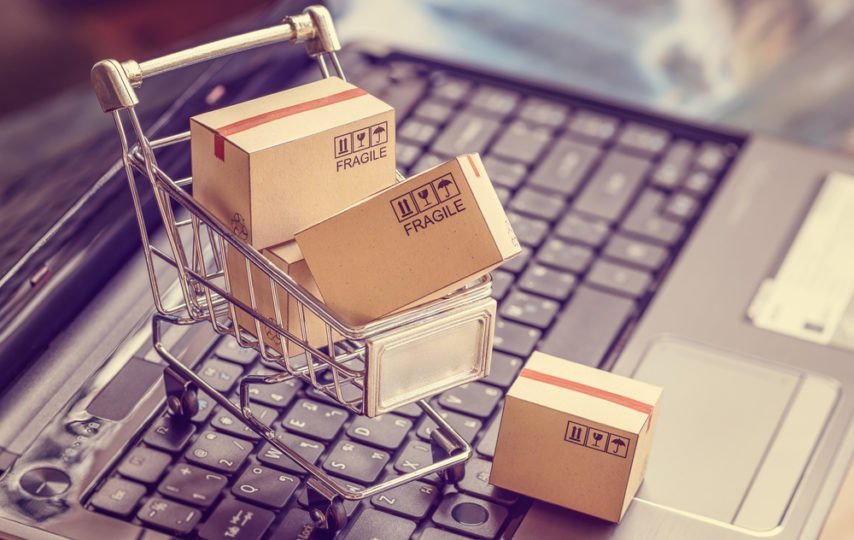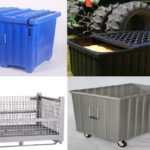Stores still have a bright future, but no one can deny that the current business environment is much tougher and the future is more unpredictable than in the past, so it’s more important than ever for retailers to make sure their store has a show, which means the application of practices and technologies aimed at achieving a high level of operational efficiency and great online shop.
Retail Operations is a term used to describe all activities that keep a store running smoothly and includes people shop management, supply chain, store layout, checkout operations, inventory, data management, pricing, etc.
Operational excellence means achieving sustainable competitive advantage by optimizing retail operations. In simple terms, operational excellence means continuous superiority over competitors in organizing, optimizing and integrating various tasks performed in one offline or online shop.
Different Operations Experience In Retail Business
Design and aesthetics: They are an important part of the store experience be it an online shop or not. Design is both an art and a science, and often uses data to make decisions such as product demonstration and product placement. These are aspects of design that go into retail.
Store Location – Customer visibility and movement patterns play an important role in a store’s success. People will struggle to fail in their search for something special, but overall it will be more difficult to build this business.
Store Design and Layout: Store look and feel set the standard for shopping. The design might indicate a clean, well-organized but relatively good discount store, a high-quality industrial warehouse, or a well-equipped department store or clothing stores. Another consideration is the location of the exhibition. Shelves or displays can be aligned, perpendicular, or geometric for visual interest as well as for organization. Likewise, customer traffic patterns can be mesh, almost like a street, loop, or curve, or smoother. Changes to these templates can influence & affect what customers see and what they buy.
Create in-store departments – This is important for finding products in the store as well as personalized customer service. By creating specialty areas such as jewellery, footwear, sporting goods, and home goods, retail professionals create a “store within a store.” and have specialized staff with the best conditions for customer service.
Visual Sales & Showcases: Create compelling product demos to set the tone and expectations. Sometimes you are not just selling a product, you are selling an experience. A pleasant display of goods is a signal to potential buyers. Even the height at which items are placed can make a big difference. Some professionals use retail diagrams, to detail the location of items in a store.
Inside Store Ambience: Lighting, music and regular maintenance in the store create a pleasant atmosphere that makes customers want to shop. Unpleasant factors such as clutter, odours, inadequate air conditioning, or unattended bathrooms can lead to disconnection of customers. In the best stores, employees strive to create a pleasant atmosphere that helps define the brand.
Sign boards: Placing sign boards both indoors and outdoors help orient customers and inform them about products, services and offerings. Without good sign boards, the store can be difficult to navigate and shoppers may not see what the store manager wants them to see.
Store Space Management: Always avoid clutter and disorganization by properly managing store space. Provide easy access to items and use external storage space.
The success of a store largely depends on how the customer assistants treat its customers. The buyer is not always right, but he is always the buyer, demonstrating the ability to sell and assess potential. With excellent customer service, stores can improve their competitiveness and even make up for gaps in other areas such as convenience or price.













